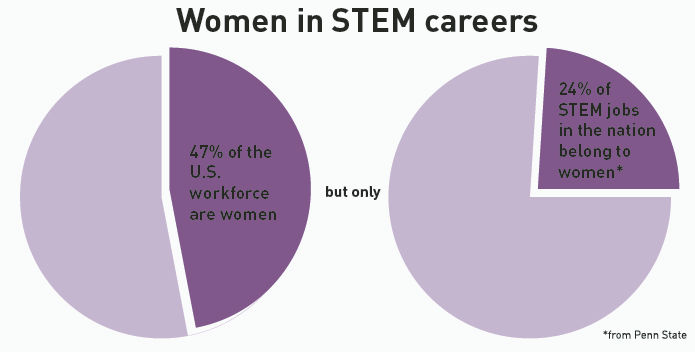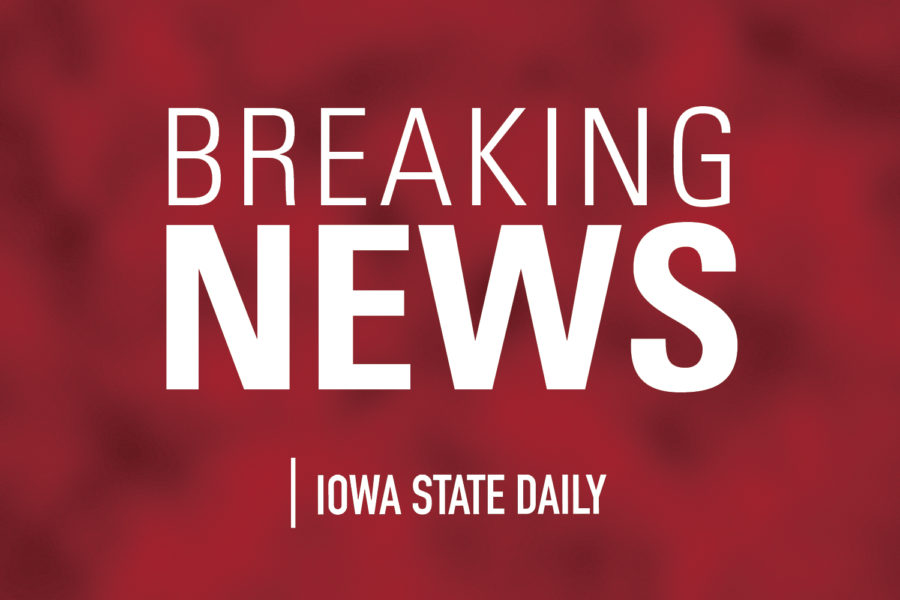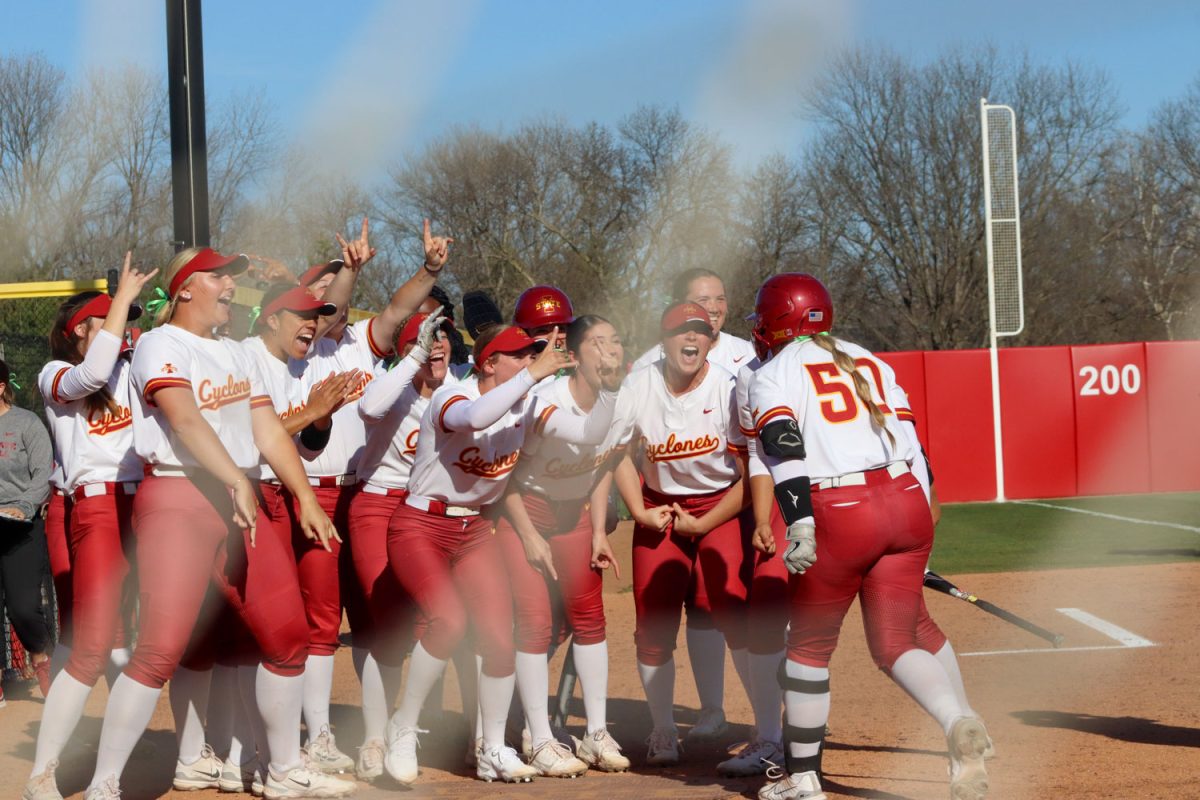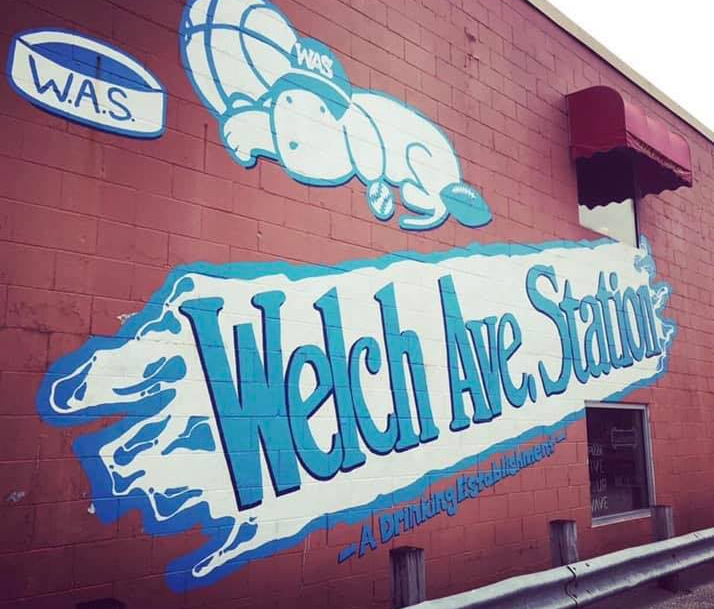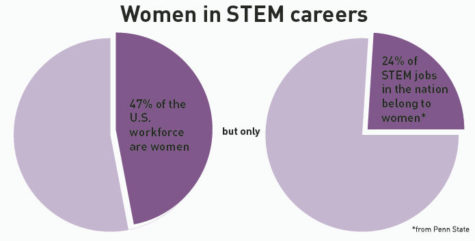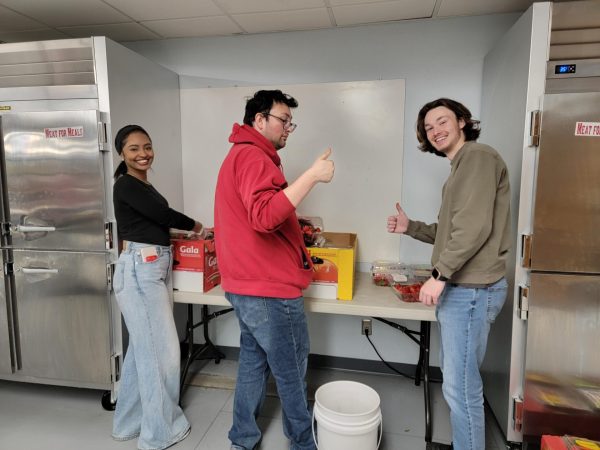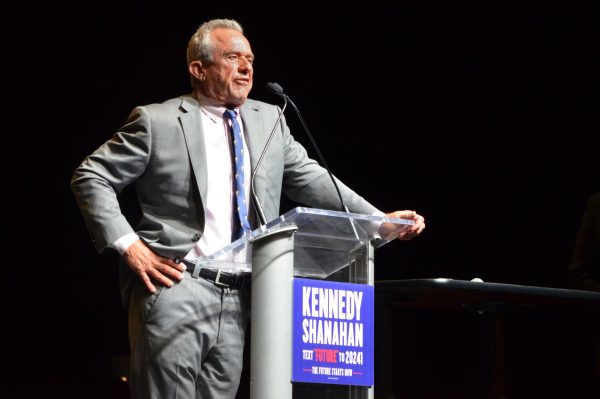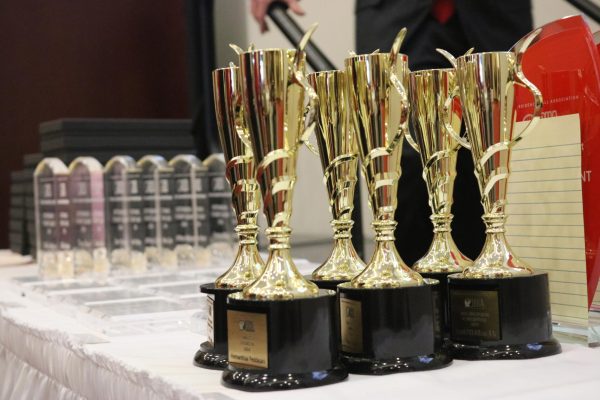TogetherGreen fellowship supports conservation research, community involvement
February 13, 2012
Lauren Sullivan, graduate student in ecology, evolution and organismal biology, was awarded the TogetherGreen fellowship for her vision of community involvement in prairie restoration.
TogetherGreen, a conservation initiative of The National Audubon Society and Toyota, selected 40 people nationwide to receive a $10,000 grant.
“The TogetherGreen fellowship program aims to nurture conservation leadership, achieve conservation results and engage the public in conservation action,” said Elizabeth Sorrell, TogetherGreen communications associate.
Through the TogetherGreen fellowship program, Sullivan has been supported in her “holistic community approach” to conservation.
Sullivan and two other biology graduate students initially took a scientific approach to the restoration of cropland into prairie. In a four-acre corn plot, located west of the corner of Ontario Street and Hyland Avenue in Ames, they plan to research soil development, herbivores’ relationship with plants and seed movement during the restoration of the prairie.
While scientific research guides the restoration project, the students decided to also engage the ISU community, specifically the English department, in the prairie restoration project.
“We wanted to make our project 50 percent research and 50 percent education,” she said.
Sullivan, along with graduate students of the Master of Fine Arts program in creative writing and environment, are working in collaboration to involve ISU humanities students in the project.
“This allows for many different perspectives and people to be learning about the restoration project,” Sullivan said. “There is opportunity for both scientists and creative disciplines.”
Fred MacVaugh, graduate student in the Master of Fine Arts program in creative writing and environment in English, said the collaboration is an example of service learning, which allows students to engage in environmental issues.
“The project presents an opportunity to bring the arts and the sciences together,” MacVaugh said. “Scientists are often believed to be ineffective at communicating to a general public, while creative writers are often seen as lacking credibility in communicating science.”
MacVaugh said he believes this collaboration will help meet the needs for conservation communication and interest outside the science community.
“TogetherGreen hopes to foster people-powered conservation from the ground up,” Sorrell said.
Beginning this spring, the prairie will be planted and data collection will begin. Sullivan said restoring cropland to a prairie is a process that will take many years, but the early data is useful for her research.
Starting next fall, some introductory English classes will begin working with the project.
“We plan to teach students a little about the prairie and then take them on site to start writing assignments,” Sullivan said. “Hopefully they will bring a creative view to understanding conservation.”

